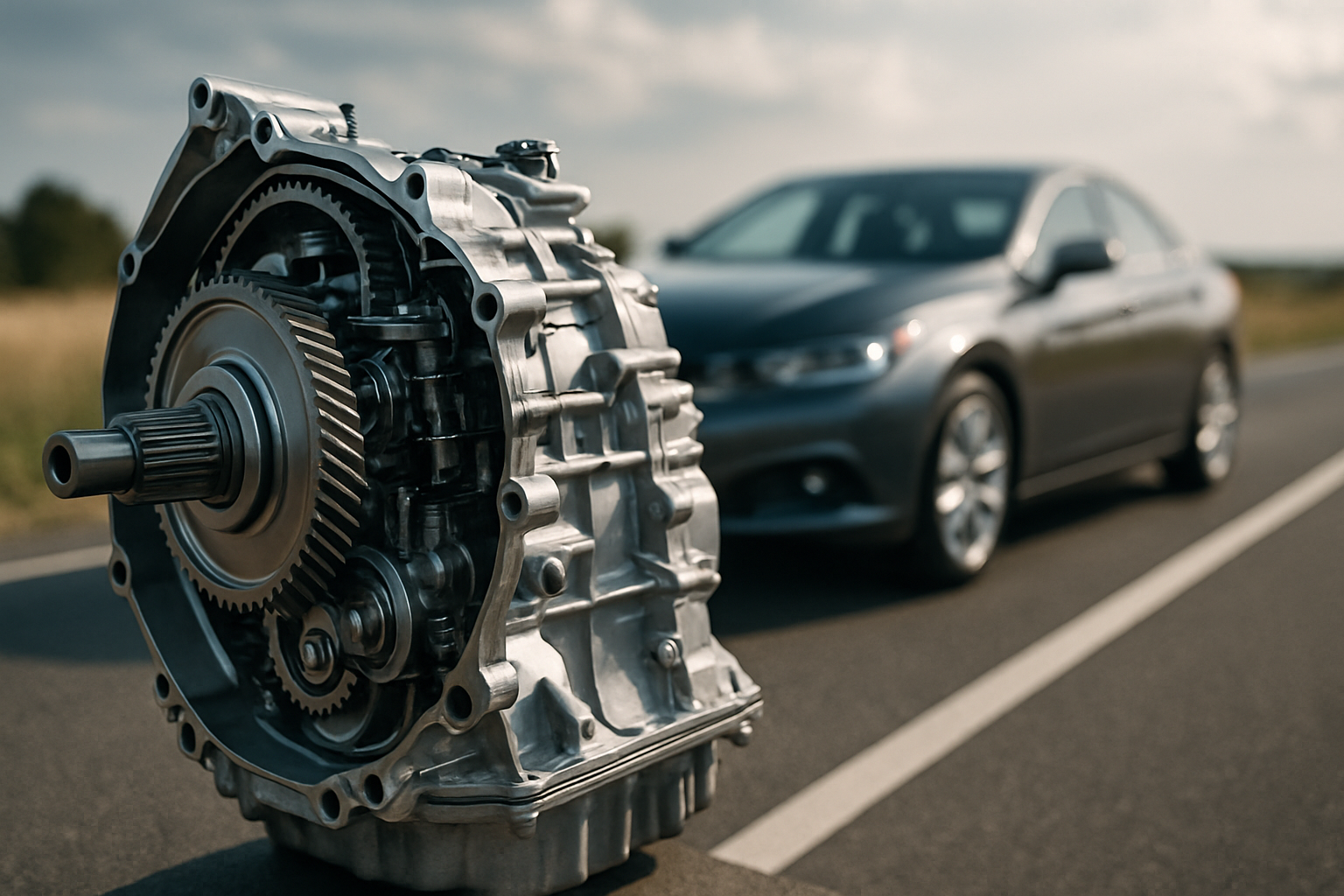Used Pickup Trucks: Financial Benefits and Buying Guide
Purchasing a used pickup truck offers significant financial advantages over buying new, with slower depreciation rates and lower insurance costs. Modern trucks are built to last, making pre-owned models reliable investments for both work and personal use. Understanding market values, inspection techniques, and maintenance requirements helps buyers make informed decisions that maximize long-term value.

Why Buying a Used Pickup Truck Makes Smart Financial Sense
The financial benefits of purchasing a used pickup truck extend far beyond the initial sticker price. New vehicles lose approximately 20-30% of their value within the first year, while used trucks have already absorbed this steep depreciation curve. Insurance premiums for used vehicles typically cost 10-15% less than new models, and registration fees are calculated based on current market value rather than MSRP.
Used trucks also offer more flexibility in financing options. Buyers can often secure better loan terms through credit unions or local banks, and the lower purchase price means smaller monthly payments. Additionally, many used trucks come with remaining factory warranties or certified pre-owned programs that provide peace of mind without new-car pricing.
Best Used Pickup Models That Stand the Test of Time
Certain pickup truck models have established reputations for longevity and reliability. The Toyota Tacoma consistently ranks among the most dependable mid-size trucks, with many examples exceeding 300,000 miles with proper maintenance. Ford F-150 models from 2015 onwards feature improved aluminum bodies and efficient EcoBoost engines that balance power with fuel economy.
Chevrolet Silverado and GMC Sierra trucks from recent model years offer robust V8 engines and comfortable interiors at competitive used prices. The Ram 1500, particularly models with the proven 5.7-liter Hemi engine, provides excellent towing capacity and has shown strong reliability ratings. These models maintain their value well and offer extensive parts availability for future repairs.
Tips for Inspecting and Negotiating a Used Truck Purchase
Thorough inspection begins with examining the truck’s exterior for rust, dents, or signs of accident damage. Check the bed for excessive wear or modifications that might indicate heavy commercial use. Under the hood, look for fluid leaks, worn belts, and listen for unusual engine noises during idle and acceleration.
Test driving should include highway speeds, parking lot maneuvering, and if possible, towing or hauling scenarios. Verify that all electrical systems function properly, including lights, air conditioning, and infotainment features. Request maintenance records and consider hiring a qualified mechanic for pre-purchase inspection on high-value purchases.
Negotiation strategies include researching comparable vehicles in your area using resources like Kelley Blue Book or Edmunds. Present any discovered issues as justification for price reduction, and be prepared to walk away if the seller won’t meet reasonable terms. Cash purchases often provide additional negotiating leverage.
| Truck Model | Price Range | Key Features |
|---|---|---|
| Toyota Tacoma (2016-2019) | $25,000-$35,000 | Excellent reliability, strong resale value |
| Ford F-150 (2015-2018) | $22,000-$40,000 | Aluminum body, EcoBoost engines, towing capacity |
| Chevrolet Silverado (2014-2018) | $20,000-$38,000 | Comfortable interior, proven V8 engines |
| Ram 1500 (2013-2017) | $18,000-$32,000 | Smooth ride quality, powerful Hemi engine |
| GMC Sierra (2014-2018) | $21,000-$39,000 | Premium interior, advanced towing features |
Prices, rates, or cost estimates mentioned in this article are based on the latest available information but may change over time. Independent research is advised before making financial decisions.
How to Keep Your Used Pickup Running Like New
Regular maintenance schedules become even more critical with used vehicles. Oil changes should occur every 5,000-7,500 miles depending on driving conditions and oil type. Transmission fluid, differential oil, and transfer case fluid require periodic replacement to prevent costly repairs. Air filters, fuel filters, and cabin filters need regular inspection and replacement.
Tire rotation and alignment checks extend tire life and improve fuel economy. Brake inspections should occur annually or whenever unusual noises develop. Cooling system maintenance, including radiator flushes and thermostat replacement, prevents overheating issues common in high-mileage trucks.
Keeping detailed maintenance records not only ensures optimal performance but also maintains resale value. Many repairs can be performed by competent DIY mechanics, reducing long-term ownership costs significantly.
Top Features to Look for When Shopping for a Pre-Owned Truck
Modern safety features should be prioritized when evaluating used trucks. Electronic stability control, anti-lock brakes, and multiple airbags are standard on most models from 2012 onwards. Backup cameras became mandatory in 2018 but were available on many earlier models as optional equipment.
Towing packages that include transmission coolers, heavy-duty alternators, and integrated brake controllers add significant value for buyers who plan to haul trailers or boats. Four-wheel drive systems provide versatility but require additional maintenance considerations. Crew cab configurations offer better passenger comfort and typically maintain higher resale values than regular cab models.
Technology features like smartphone integration, navigation systems, and premium audio systems enhance daily usability. However, avoid overpaying for outdated technology that may become obsolete quickly.
Used pickup trucks represent practical transportation solutions that combine utility with financial sensibility. By focusing on reliable models, conducting thorough inspections, and maintaining proper service schedules, buyers can enjoy years of dependable service while avoiding the steep depreciation associated with new vehicle purchases.




